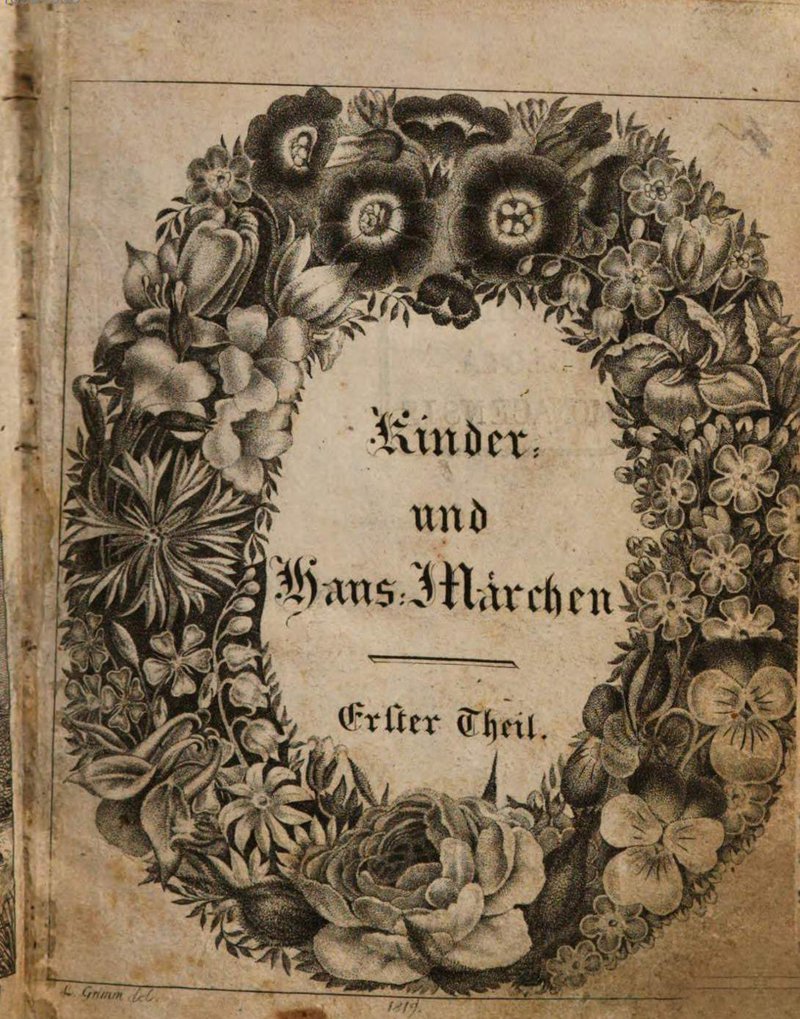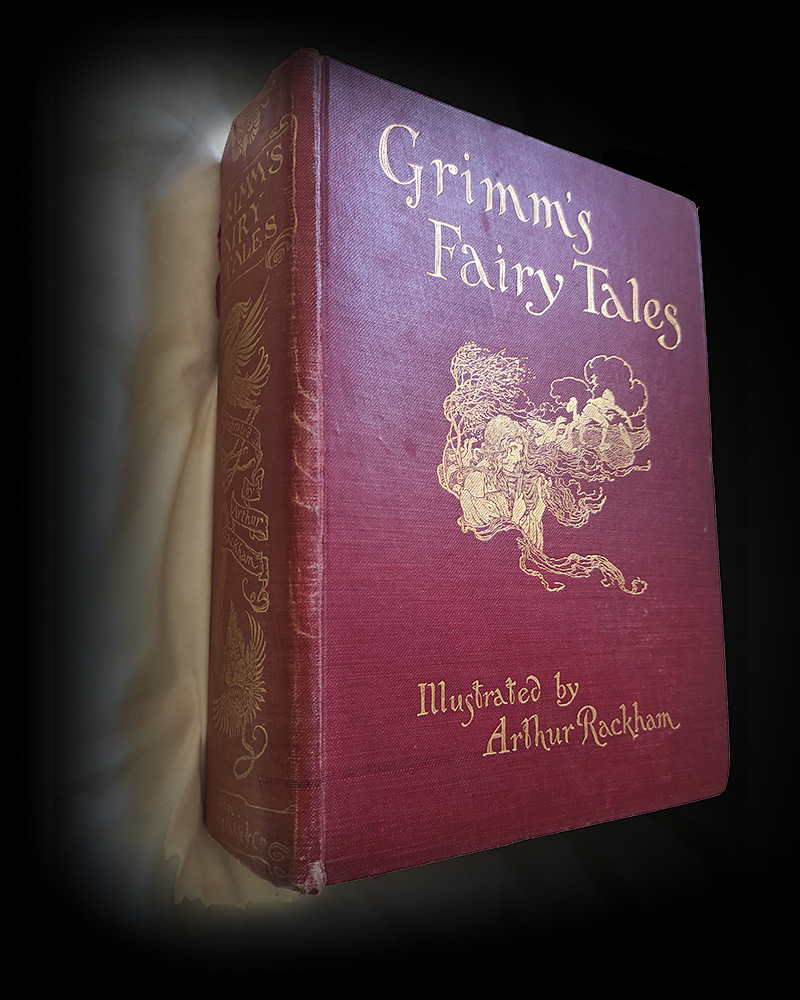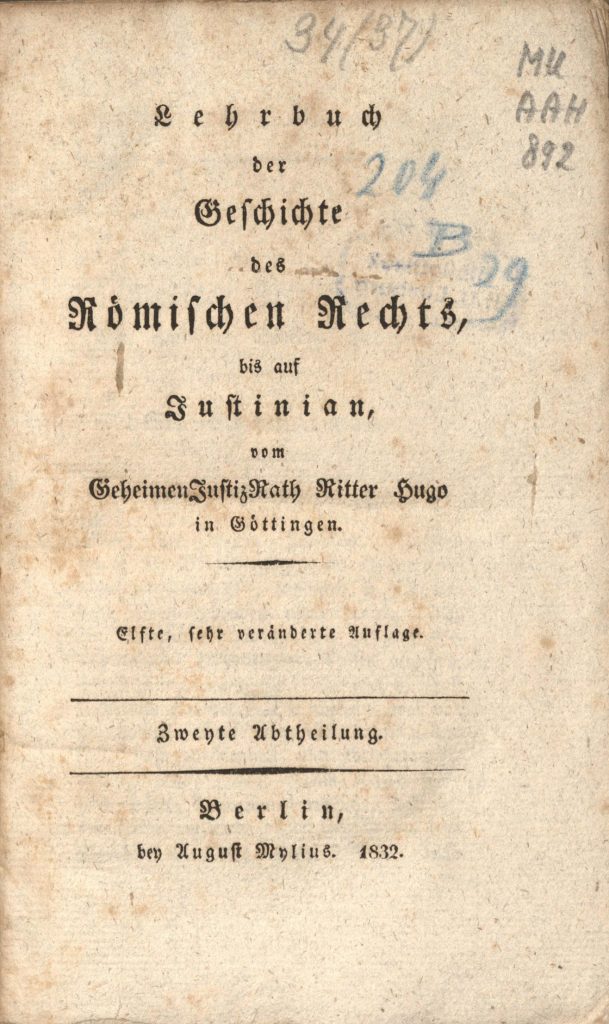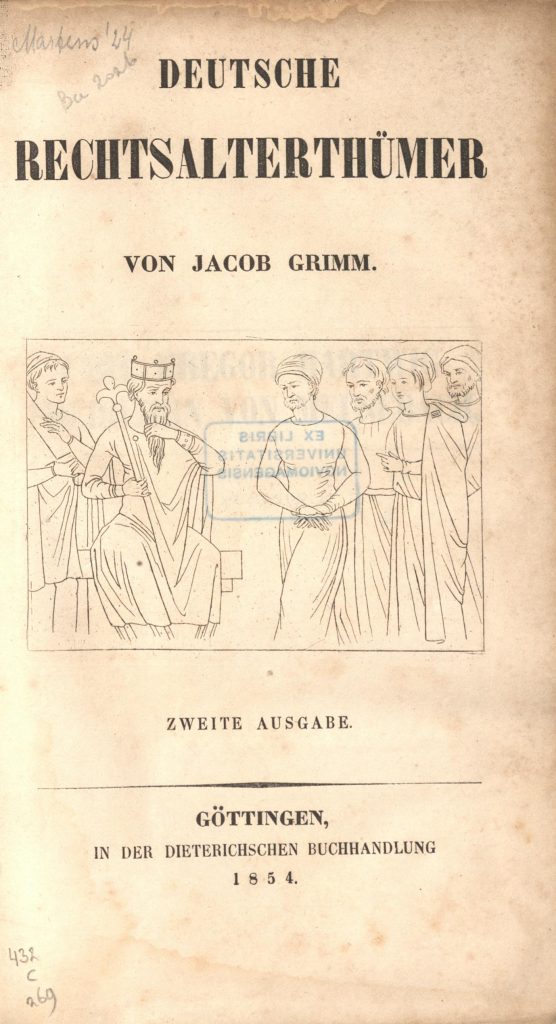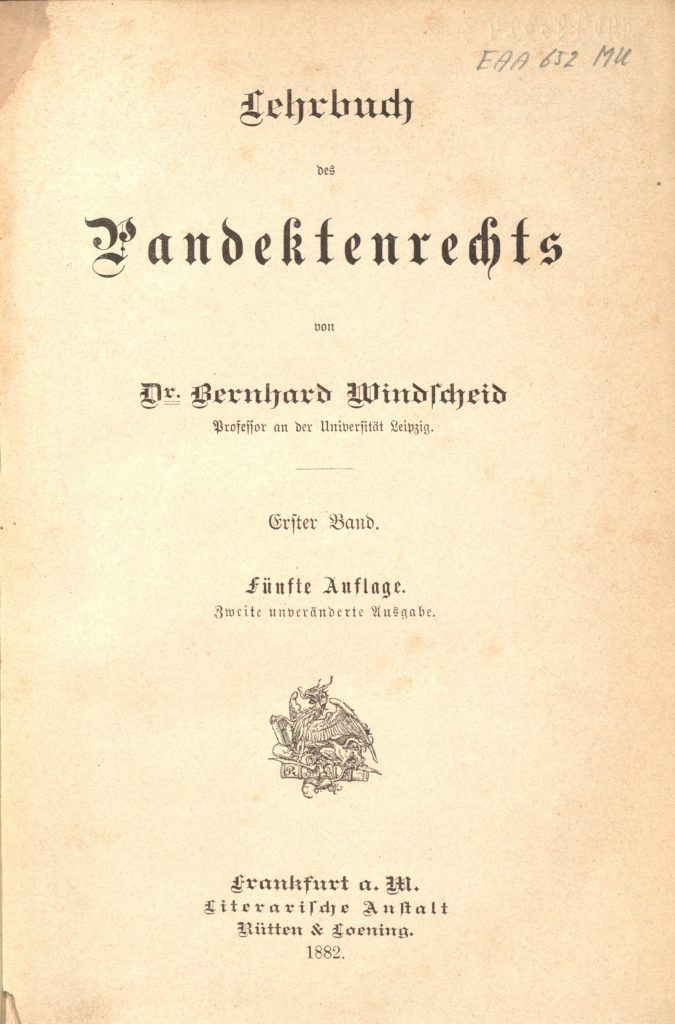Path 1
Fairy Tales as Conduit of Law
Fairy tales as a set of rules of behaviour
S
tories depicted common settings and events in which a moral or lesson was presented, making it tangible to the reader, or listener, what was expected of a member of society at that time. Children raised on fairy tales were also raised on the rules they imparted. Fairy tales could even be used as a household parenting tool to this end: readers could opt for a specific story when they wanted to deal with a specific rule. If children lied to their parents, parents could read a story in which the protagonists face negative consequences for having breached their word. While the advent of illustrated fairy tale books was a powerful way to convey rules through imagery, that practice was originally to be found throughout churches and courtrooms across Europe. Murals, tapestries, and paintings all depicted the importance of respecting rules, as well as the consequence of breaches. Towards the end of the nineteenth century, illustrated fairy tale books brought these pictorial lessons into the home.
Little Red Riding Hood
Little Red Riding Hood is a prime example of the universality of fairy tales and the rules they encompass. The woods, the fundamental backdrop of this story, held more universal symbolism that was recognizable to readers across many different regions. Several fairy tales point to the woods as the place where danger is present, and where the unexpected occurs. Little Red Riding Hood’s walk through the woods epitomizes the danger in the woods, and highlights the social rule that “you ought not to depart from the beaten path in the woods.” In fact, from a legal standpoint, the woods came to be equated with the legal concept of “civil death” (civiliter mortuus). This was a legal sentence applied to people convicted of certain crimes, who were then legally banished from society, forced to live at its margins. Often those margins left them with only the woods as a safe place to live out their sentences.
[ Click to listen to the story]

Hansel & Gretel
Hansel and Gretel encapsulates a number of rules. The most prominent rule, and perhaps the most foundational to society, relates to respect for authority. In the story, Hansel and Gretel cannot conceive of the possibility of challenging their parents’ authority. The rule implied was that authority, be it held by parents in the household, the lawmakers in civil society, or God, was not to be challenged. Society was built on that balance, and many other social rules are derived from that basic assumption. Still, nowadays, what siblings would follow their parents to a certain death without challenging their authority?
[ Click to listen to the story ]

The Wolf and the Seven Kids
The Wolf and the Seven Kids, also known as The Wolf and the Seven Goats, demonstrates the consequences of breaching a promise. The door ought not to be opened to strangers, and that was a promise to be kept. The adage pacta sunt servanda (agreements must be honored) has been foundational to legal science over the centuries. Its origins can be traced back to the Roman era, with antecedents to be found in the Judeo-Christian bible. Ultimately, this adage gained a place in customs and codes across Europe. This maxim can be found in several stories recorded by the Brothers Grimm, and is well reflective of perspectives prevalent at the time. There was a similar proverb from the sixteenth century which claimed that “Bulls are tied by their horns, men by their words.” Here, it could be claimed that goats were tied by their horns!
[ Click to listen to the story ]

The Brothers Grimm and the Law

J
acob and Wilhelm Grimm lived, studied, and worked during a period in the nineteenth century when legal codification took centre stage. Most European territories at the time aimed to encapsulate their laws within legal codes that were meant to be exclusive, exhaustive, and systematic. In the area of private law (e.g., family, obligations, property), the French Civil Code of 1804 served as a successful model for creating civil codes around the world. In Germany, debates over codification centred around efforts to identify the “German” law that would ultimately be included in the German Civil Code of 1900. A “Historical School” of legal science, led by the renowned jurist Friedrich Carl von Savigny, found that the way to identify “German” law was by returning to the cultural core of German history and tradition. In order to understand the law of Germany, they posited, one must look into history, because the law was the result of historical evolution over time. Towards the middle of the nineteenth century, the Historical School split into two factions: the Romanists, who looked for the law within the Roman law tradition that was studied at universities; and the Germanists, who looked for the law in the Germanic traditions that could be found, in amongst others, in local customs and stories.
The Grimm brothers studied law at Marburg under Savigny, and were devotees of the Historical School, moving towards the Germanist faction over time. The brothers became part of Savigny’s intellectual circle, and made free use of his personal library. Extensive correspondence between Savigny and the Brothers Grimm is held at the Grimm archive at the University of Kassel, including letters wherein the brothers shared with Savigny fairy tales they had collected.

